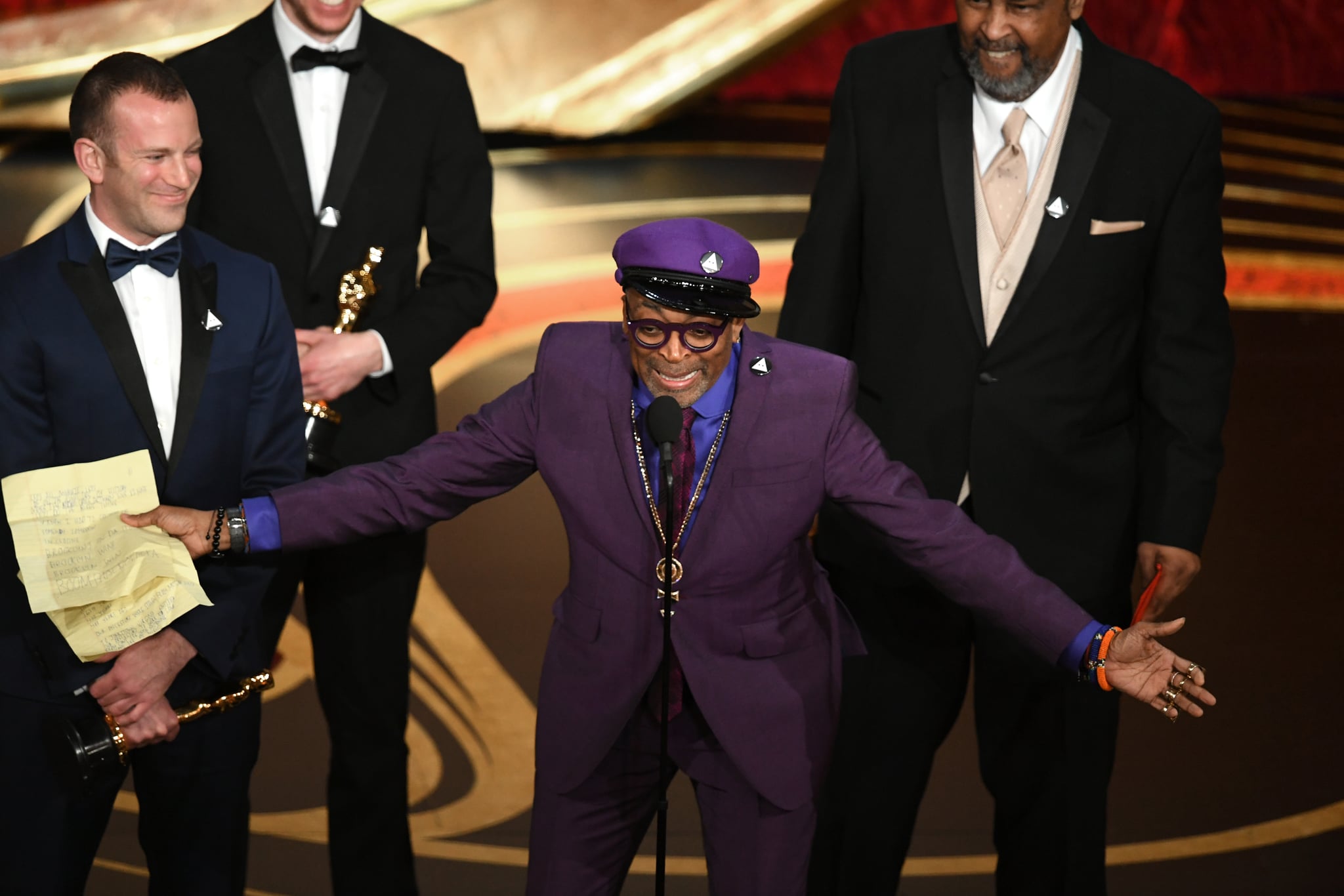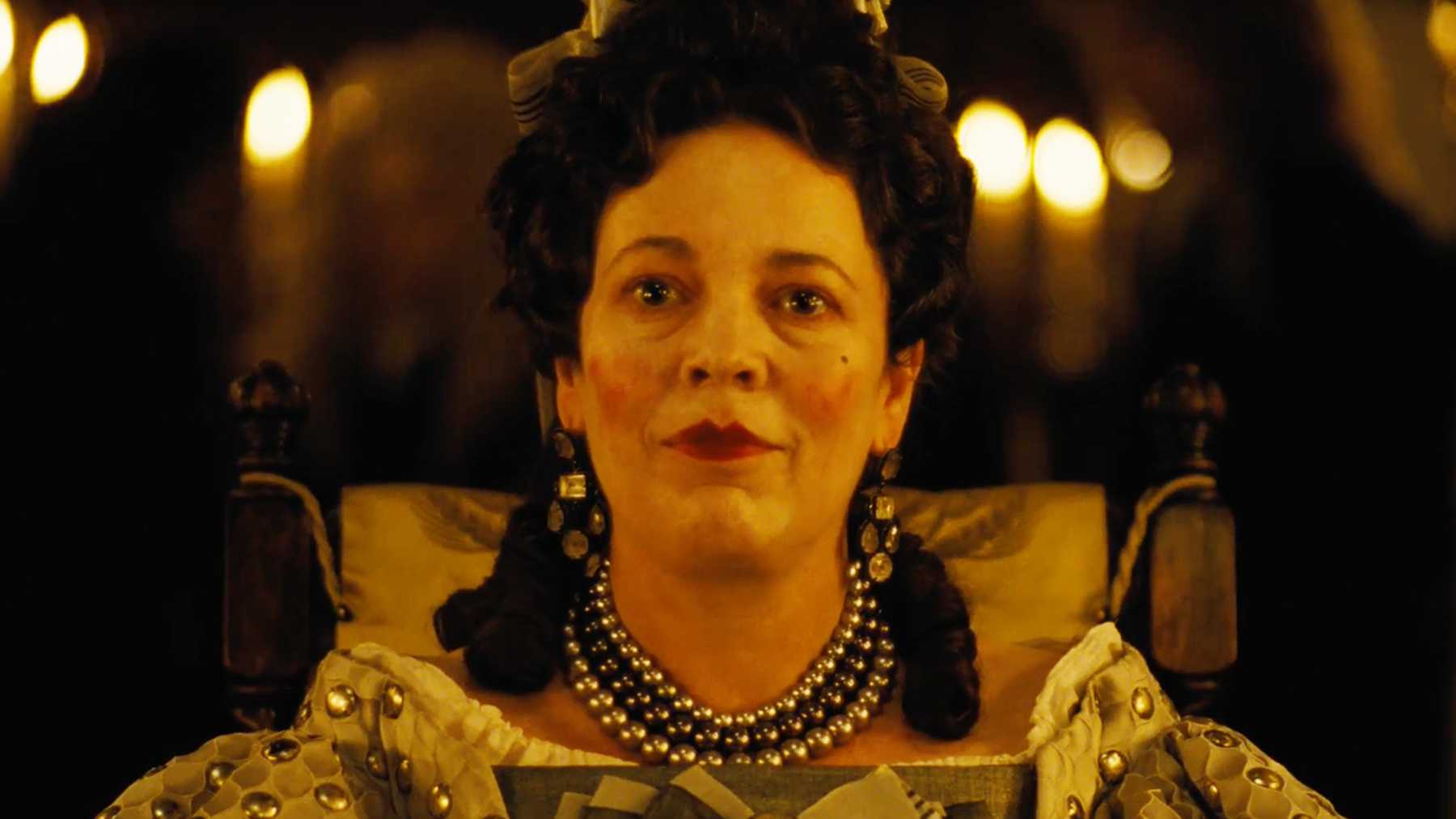The film industry’s biggest night has often been plagued by shock and awe at the decisions made when rewarding what is considered the year’s “Best Picture”, and the controversy stems from a place the Academy of Arts and Motion Picture Sciences is scrambling to rectify.

On the 24th of February 2019, Julia Roberts opened an envelope in front of an auditorium of 3,400 people and 30 million live viewers to announce to the shock of everyone that Peter Farrelly’s Green Book had won Best Picture.
It had been written off early, with many expecting either Alfonso Cuaron’s love letter to Mexico Roma or Dexter Fletcher’s lifeless mess Bohemian Rhapsody to take the top honour. Instead, the Academy voted for Green Book, a film that is nice, I guess? The essence of the problem with choosing Green Book as the year’s best picture is that it was up against films that dealt with the same subject matter with a deeper understanding of its roots, and there were also films just objectively better than it too.
We’ll start with BlacKkKlansman, Spike Lee’s delving into the racial injustice displayed in America’s south, as John David Washington’s character Ron Stallworth serves as a surrogate for Lee’s wit and observations at times, in a way so persuasive in its execution that Spike and his team were awarded the Best Adapted Screenplay award earlier in the night, marking Lee’s first career golden statue.

It’s true that Green Book and BlacKkKlansman deal with the same part of America, with the same topic of racial injustice and prejudice, at a similar time period (1962 & ‘72, to be exact), but if we’re talking purely about craft and knowledge, Lee’s effort leaves a mark more personal than Farrelly’s ever could. Green Book is plagued by boring cinematography, while BlacKkKlansman studies it’s subjects, and those who actually ARE racists (the Ku Klux Klan in this instance) with as much respect as those suffering their adversities, eventually weaving real life footage to its end reel of the injustice still ongoing in the area today.
When speaking of Green Book in review context, Karsten Runquist noted:
(I) saw this in the same theatre in Minnesota that I saw BlacKkKlansman in and not only were there more people at this one, but there was literally an applause in the end from all the old white ladies behind me.
It’s a sign of the times, truly. Two films with the same idea, with totally different execution, and the one pandering rather than studying is the one rewarded by the Academy. Don’t get us started on The Favourite, which in all honesty was the best film on display at the Oscars that year, including three incredible lead performances and an energetic, dark imagining of British history. Hell, Olivia Colman won Best Actress over the heavily-backed Glenn Close in what wasn’t even close (pun unintended) to the biggest surprise of the night.

So where does the decision to give Green Book an award that it hadn’t earned come from? For that, we will have to look backwards and inwards to the core of the Academy’s systems and it’s history of choosing the easy way out over the innovative.
Before that, we’ll cut the Academy some slack. In the last decade it’s done a fine job at choosing the eventual winner of the Best Picture award. Parasite, Moonlight, Birdman and The Shape of Water all stand out as choices made by people who care about cinema and the stories it stands to tell.
Looking further back, we have movies like The Artist and The King’s Speech beating movies like The Tree of Life and The Social Network. There’s a lack of hindsight, sure, but these are historical drama’s pandering to what Hollywood was meant to be, versus what it is today. The Academy has a clear affiliation for the past and recognising history than it does for now and what it means to our current industry climate. It’s hard for the Academy to be right every year, but it’s not impossible.

Since the addition in 2009 of a maximum 10 nominees for Best Picture to accommodate for the unfathomable success of Avatar, there has been more room for undeserving films to slip through the cracks and cause havoc in the nominees section. Though, the positive side of straying from the traditional 5 nominees is it gives light and exposure to films otherwise unseen by the general public. At least it could, but instead the Academy’s disdain for genre films shines brighter, as more and more half-baked Hollywood biopics find their way into the category to make up the numbers, movies like The Post and Vice serve as recent offenders.
So now let’s focus on how films like Green Book find themselves not only nominated, but winning the most prestigious award in cinema.
Along with the number of nominees allowed, in 2009 the Academy also adopted a new voting system, known as a “preferential ballot”. It is only used for the Best Picture category, and is a method devised to reward the “most liked” film, rather than the one everyone thought was literally “best”. In practice, it is an admittedly flawed system that doesn’t always work in favour of objectivity, but rather agreeance.
For those looking for a literal explanation of how the actual voting system works, here is a summary provided by Collider’s Adam Chitwood:
“First, Academy members are asked to rank the Best Picture nominees from first to last, in this year’s case from 1-9. All of the #1 votes for films are then tabulated, but if a film has failed to receive over 50% of the vote after this first round (which is likely to happen), the tabulators then look for the film with the lowest number of #1 votes.
This film is then removed from the race, and the tabulators then look at all of the ballots that put that film at #1 to see what those voters chose as their #2 picks. These #2 votes from the excised ballot now become #1 votes and are distributed accordingly to the films that are still in the race. As the process continues, if an excised film’s #2 vote also happens to be an excised film, tabulators then move on to the #3 movies on that ballot, and so on and so forth.
This process continues, round after round, until a film earns over 50% of the #1 vote. So, in practice, #2 and #3 votes actually start to count as #1 votes, which is why the Best Picture winner from the preferential ballot tends to be the most agreeable choice, not necessarily the “best” choice.
That is how a film like Green Book gets its name read out as the winner of the category. It doesn’t mean that films like Parasite haven’t earned their time in the spotlight, of course they have, it just gives perspective on where the oddballs are being pitched from.
So in future, when something that doesn’t belong, or feels cheap is awarded the most converted prize in Hollywood, you’ll know how and hopefully we can solve the Green Book conundrum for the future and award films that deal with the human condition in a more interesting and gratifying way.
Subscribe to FIB’s Weekly Alchemy Report for your weekly dose of music, fashion and pop culture news!







